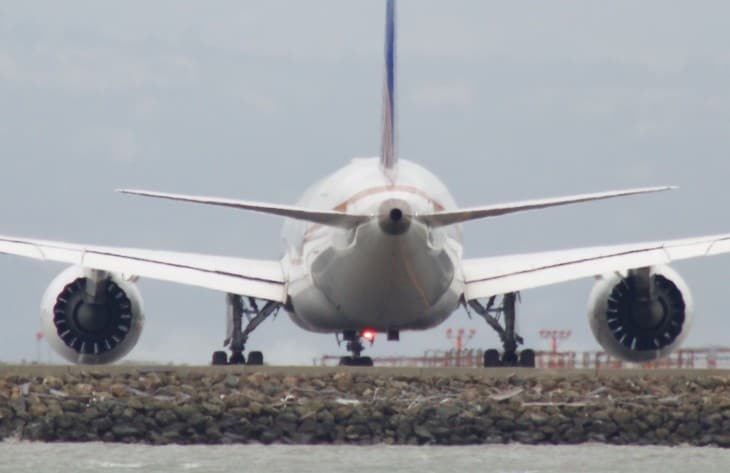Embarking on the journey of modern aircraft engine manufacturing reveals a landscape rife with complexities and aspirations. This article explores the multifaceted challenges facing engine manufacturers in their relentless pursuit of more efficient, eco-friendly, and reliable propulsion systems, highlighting the innovations and strategies driving the aviation industry forward.
Behind the scenes, the top engine manufacturers are tackling a host of challenges, each a crucial puzzle piece in crafting more efficient, eco-friendly, and dependable propulsion systems.
Fuel efficiency and environmental sustainability are pressing concerns, driving the development of engines that sip fuel and embrace eco-friendly aviation fuels. There’s also the noise factor; quieter engines are in demand without compromising performance.
In the race to innovate, manufacturers grapple with materials science, technology advancements, and the need to comply with evolving regulations. Competition in this market is fierce, urging companies to reduce research and development costs and maintain a stable global supply chain.
Geopolitical factors, testing infrastructure, and unwavering commitment to safety and reliability are vital players in this dynamic environment.
Navigating these challenges requires a blend of engineering expertise, innovation, collaboration, and adaptability. Aircraft engine manufacturers must continually strive to strike the delicate balance between efficiency, sustainability, safety, and performance to meet the demands of the ever-evolving aviation landscape.
In this exploration, we’ll uncover the challenges and innovations shaping modern aircraft engine manufacturing, a world where the skies are not just the limit but the ultimate destination.
Fuel Efficiency and Environmental Sustainability
Increasing pressure to reduce greenhouse gas emissions and lower the environmental footprint of aviation necessitates the development of engines that are significantly more fuel-efficient and produce fewer emissions. Achieving these goals while maintaining safety and performance standards is a formidable challenge.
In the race to reduce aviation’s carbon footprint, engine manufacturers are investing heavily in research and development to create engines that not only consume less fuel but also run on alternative and sustainable aviation fuels. Electric and hybrid-electric propulsion systems are also being explored to usher in an era of greener aviation.
Related: What is Sustainable Aviation Fuel?
Noise Reduction
The aviation industry must address concerns regarding noise pollution near airports and in populated areas. Aircraft engines need to become quieter while not compromising on thrust and efficiency, making noise reduction a key challenge.
Manufacturers are employing advanced technologies like serrated nacelles, improved fan designs, and acoustic liners to dampen engine noise significantly. These innovations aim to strike a balance between quieter engines and maintaining the high thrust required for takeoff and climb.
Materials and Technology Advancements
Engine manufacturers must constantly push the boundaries of materials science and technology to create engines that are lighter, more durable, and capable of withstanding extreme conditions at high altitudes and speeds.
Advancements in materials science, including the use of lightweight composites and advanced alloys, have led to engines that are not only more fuel-efficient but also robust enough to withstand the extreme conditions of high-altitude and high-speed flight. Cutting-edge technologies like 3D printing are also revolutionizing engine production processes.
Regulatory Compliance
Keeping up with evolving international aviation regulations and emissions standards requires continuous research, development, and adaptation of engine technologies.
As global emissions regulations become more stringent, engine manufacturers must continuously adapt their technologies to meet or exceed these standards. Collaborative efforts with regulatory bodies are essential to ensure compliance while fostering innovation.
Market Competition
The aerospace industry is highly competitive, with multiple manufacturers vying for market share. Fierce competition among engine manufacturers drives a constant cycle of improvement. Manufacturers must innovate to stay competitive, offering engines that provide superior performance, reliability, and cost-efficiency.
Research and Development Costs
Developing new engine technologies is expensive, and manufacturers must invest heavily in research and development to remain at the forefront of innovation. Manufacturers are exploring public-private partnerships and government grants to support research and development efforts, aiming to balance innovation with cost-effectiveness.
Supply Chain and Globalization
Managing complex supply chains and dealing with geopolitical challenges can impact the availability of critical components and materials. The aerospace industry’s supply chain spans the globe, and manufacturers must navigate geopolitical challenges, trade restrictions, and logistical complexities to ensure a stable supply of components and materials for engine production.
Geopolitical Factors
Political instability, trade disputes, and export restrictions can disrupt the flow of critical engine components and materials, impacting production timelines and costs. Navigating these geopolitical waters requires agility and strategic planning.
Infrastructure and Testing Facilities
State-of-the-art infrastructure and cutting-edge testing facilities are essential for rigorous engine testing and validation. Engine manufacturers invest heavily in these facilities to ensure the reliability and safety of their products.
Safety and Reliability
Safety remains paramount in aviation. Engine manufacturers invest significant resources in research, development, and rigorous testing to enhance the safety and reliability of their engines, as any engine failure can have catastrophic consequences for an aircraft and its passengers.
Related Posts













